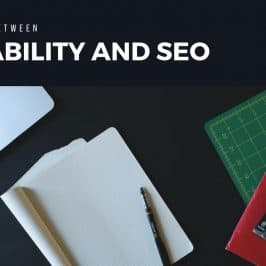The Balance between Readability and SEO

Finding the Sweet Spot: Balancing SEO and Readability in NZ
In SEO (Search Engine Optimisation), trying too hard with one tactic often leads to poor results overall. Like many things in life, good SEO involves a delicate balancing act. One of the trickiest parts of running a successful search engine marketing campaign is balancing the need for quality, readable content with the techniques needed to optimise for search engines like Google.
The goal is to satisfy the latest, complex search engine algorithms without sacrificing the quality and readability of your web content. So, how do you actually go about it? Let’s take a closer look, along with some handy web marketing tips…
The Problem: Finding the Right Balance
When creating content for online marketing and optimising it for search engines, it’s easy to fall into one of two traps:
Pitfall 1: Keyword Stuffing (Hurting UX & Rankings)
Some people have a tendency to “stuff” their content, excessively using certain keywords and sacrificing writing quality. They think this will boost their SEO results and help them get ahead of competitors. Unfortunately, the outcome is often the exact opposite. This practice leads to a poor user experience, making potential customers doubt the credibility and quality of the business. Crucially, keyword stuffing can lead to search engines penalising your website for spammy tactics, potentially sending your rankings plummeting.
Pitfall 2: Under-Optimisation (Pleasant but Invisible)
On the other hand, some people focus solely on creating beautifully written content, making insufficient use of relevant keywords. The result might be a pleasant read, but the content isn’t optimised enough for search engine crawlers to easily recognise its topic and index it correctly. This approach isn’t going to get you very far with your SEO efforts either – great content needs to be discoverable.
How to Balance Readability and SEO in NZ
Finding that sweet spot between search engine optimisation and content quality/readability isn’t always easy, but it doesn’t have to be overly complicated either.
- Plan Ahead: Before you even start writing, do your keyword research. Decide which core topics and keywords your content will focus on. Try to include one of your primary keywords naturally within your page title.
- Keyword Density – A Word of Caution: Some older advice or tools might suggest aiming for a specific keyword density, like 1% (1 keyword per 100 words). While you do need to use your keywords, focusing rigidly on density percentages is outdated. Modern search engines prioritise natural language and topic relevance. Use your keywords where they make sense for the reader, but don’t force them in repeatedly. (Read more on keyword density vs. quality content).
- Prioritise the User Experience: This is the golden rule. Always approach content creation from your reader’s perspective. If the text sounds awkward, forced, or doesn’t make sense because you’ve focused too heavily on SEO tricks, your potential customers will notice and likely leave.
Conclusion: Quality + Smart SEO = Success
Don’t cut corners or settle for less when it comes to both content quality *and* smart SEO. High search engine rankings won’t matter squat if the content visitors find doesn’t inspire confidence or encourage them to do business with you! The key is well-written, valuable content that is strategically optimised to be found.